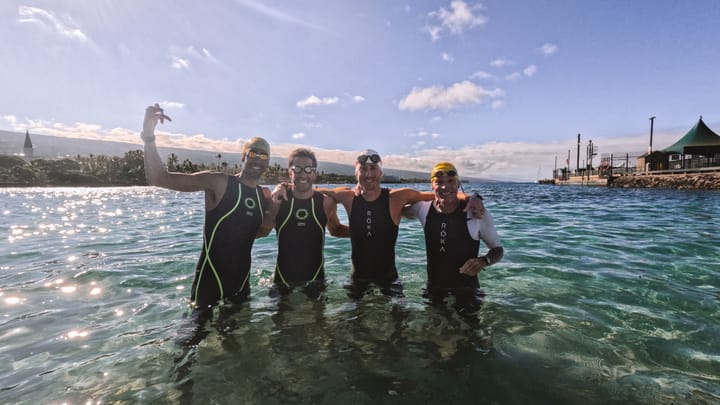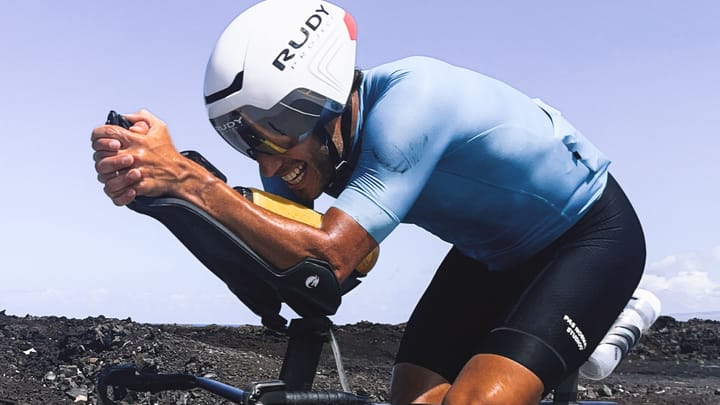Quick Tip: Bike pacing for your run and how to do it
Transformative power of optimal bike training on running performance, offering insights on tools and strategies to achieve your best brick session.

A strong bike leg is key to a solid run in triathlon. Matty White spoke to Trizone about some tips on achieving the perfect bike pace.
Hit your personal best in a brick session
Increasing your bike strength can be so beneficial for your run times in a triathlon. The best way to do this is to trial it in your weekly or fortnightly brick session.
Try and find a 30-40km TT course that’s hilly and hard so it tests the legs out, then find a 30min run TT which you run off the bike also at threshold pace.
Once you have implemented your PB times, you can revisit this session once or twice a month and experiment with exertion levels. Ideally with some extra specific bike work you should aim at hitting your PB bike time easily but then running off the bike a whole lot fresher and subsequently travelling faster over your TT course.
Top Tip: This is where power meters are a great tool as a coach can set power limits and see how that effects your run time.
Bike and run pacing on race day
Pacing in a race is crucial when it comes to running well, as power placed in the wrong zone at certain times in the race can come back and bite you in the run leg; leaving you exhausted and unprepared.
This is also why power meters are a great tool for racing as well as training. Once you’ve set your power zones, you can be 100% confident of what time you can run off as you would have played around with these number in training.
If you don’t have a power meter your next best measuring tool is your HR monitor and feel, so set in place some HR limits that you have used in training and be confident that you can run at your goal pace off this HR exertion on the bike leg.
Keep your ego in check
Sure, you’re going to nudge close and sometimes over the limit in a race as we are all human and our competitive nature can take over. But! Keep these limits and rough estimates in mind to guide you as you run off the bike.





Comments ()